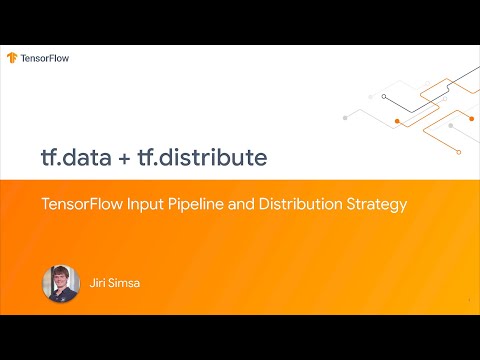Description:
Save Big on Coursera Plus. 7,000+ courses at $160 off. Limited Time Only!
Grab it
Explore best practices for tf.data and tf.distribute in this 46-minute TensorFlow presentation by Software Engineer Jiri Simsa. Dive into building efficient TensorFlow input pipelines, improving performance with the tf.data API, and implementing distributed training strategies. Learn about software pipelining, parallel transformation, and parallel extraction techniques. Discover the benefits of TensorFlow Datasets (TFDS) and various distributed training approaches, including multi-GPU all-reduce synchronous training and multi-worker setups. Gain insights into performance optimization for ResNet models, parameter servers, and central storage concepts. Understand the programming model and features supported in TensorFlow 2.0 Beta for distributed training.

Inside TensorFlow - tf.data + tf.distribute
Add to list
#Computer Science
#Machine Learning
#TensorFlow
#Software Engineering
#Scalability
#Distributed Training